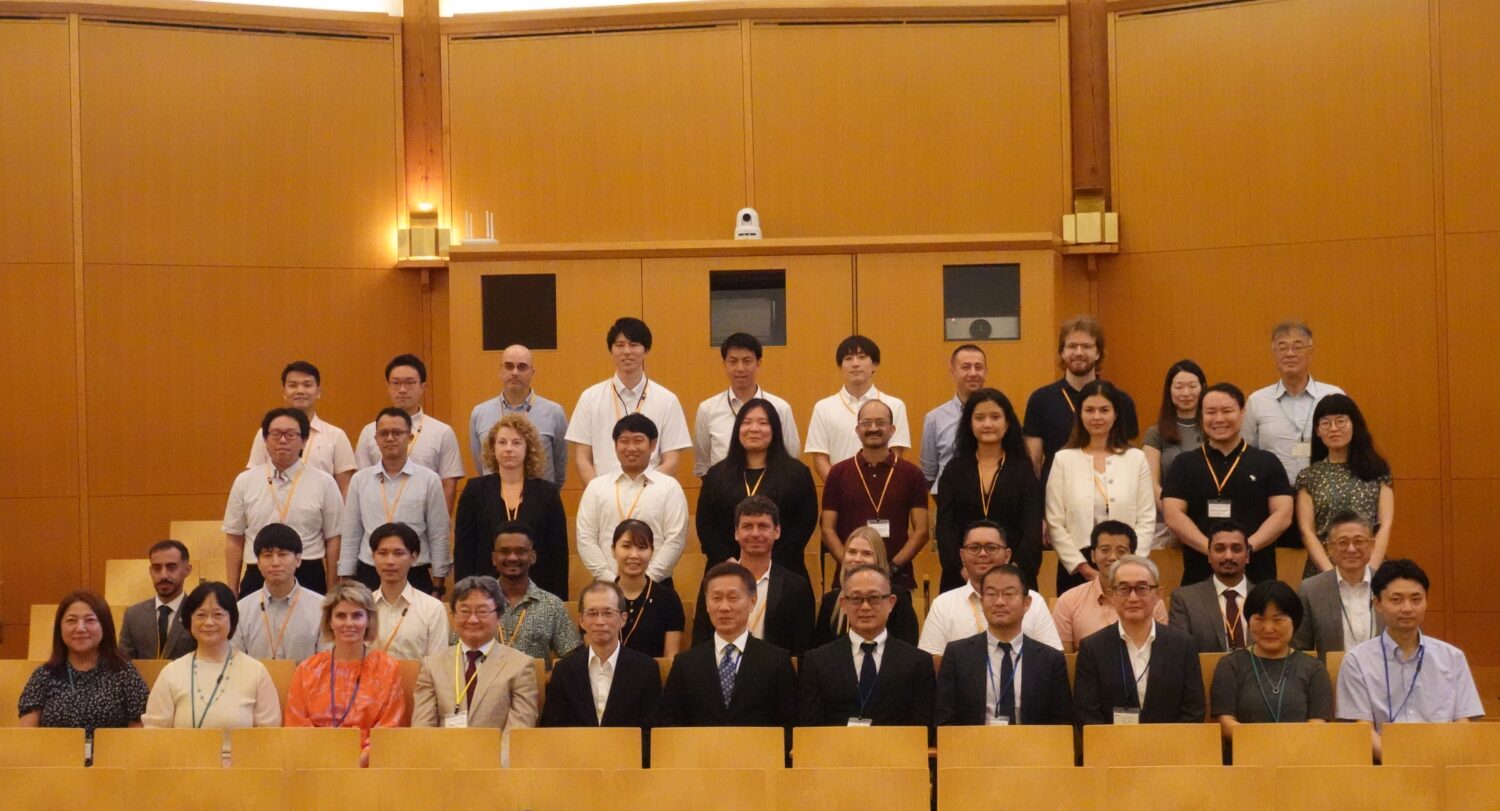The purpose of the plan is to enable flexible power interchanges nationwide in the event of a major disaster. Facilities to convert from one frequency to the other will be increased, and will be completed by late 2020.
Major electric power companies had already begun work to expand their transmission capabilities to 2,100MW by the end of FY20 (that is, by March 31, 2021). The new policy will complement that.
In April 2016, electric power retailing in the country will be fully deregulated. Competition will be promoted beyond the service areas of the leading power companies once it is easier for them to interchange power between the eastern and western halves of the country.
Increasing interchanges will also facilitate the nationwide transmission of electricity from renewable sources, such as solar power and wind power, thereby supporting the introduction of renewable energies.
The Organization for Cross-Regional Coordination of Transmission Operators (OCCTO), launched in April, will address specific actions needed to increase capabilities. The facilities are expected to cost around JPY300 billion (USD2.5 billion at USD1=JPY120), presumably to be partially recovered in power rates.
When the giant earthquake struck eastern Japan in March 2011, western Japan, due to a lack of frequency conversion facilities, could not supply its excess electric power sufficiently to eastern Japan, which was then suffering from power shortages. That forced the Tokyo Electric Power Co. (TEPCO) to implement planned power outages in the Metropolitan area.
In April 2012, a METI study group proposed increasing power transmission capabilities between eastern and western Japan to 2,100MW by FY20 (April 2020 to March 2021), and urged its further expansion to 3,000MW as early as possible. The draft plan matches that number.










